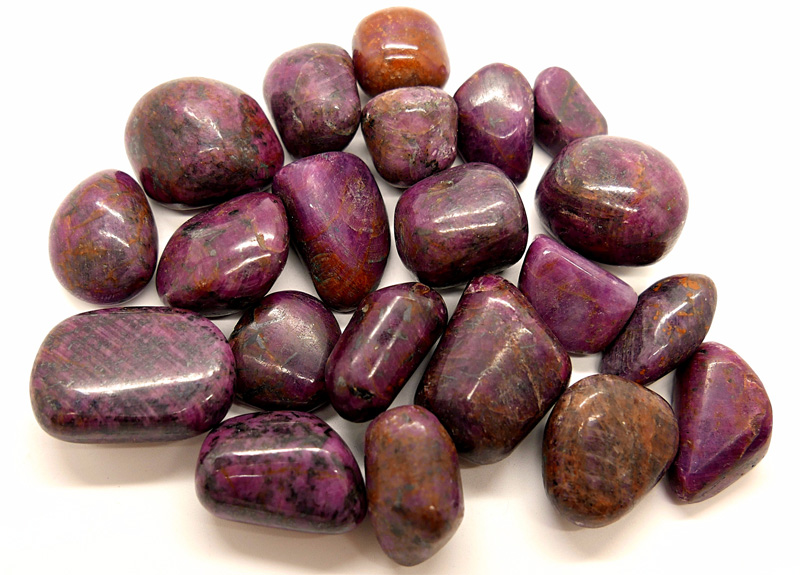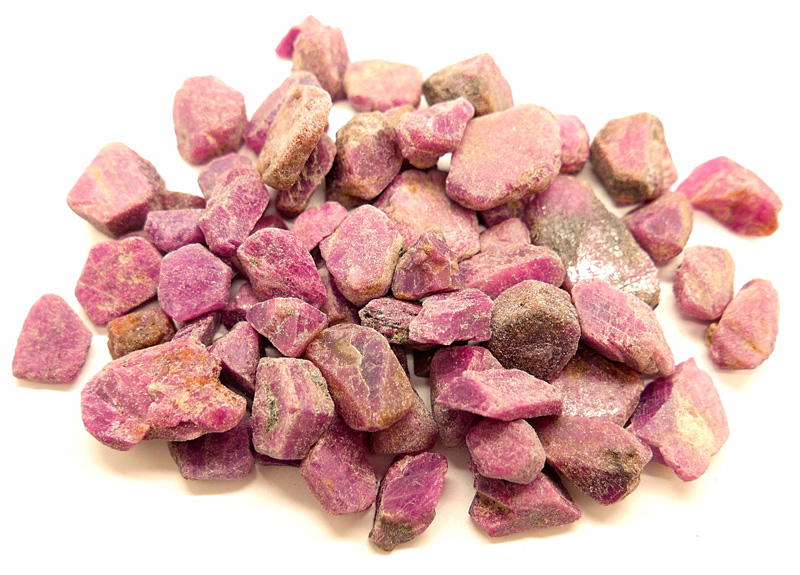

PHYSICAL PROPERTIES
- GROUP Oxides
- COMPOSITION Al2O3
- COLOR Almost all
- CRYSTALLINE SYSTEMHexagonal - trigonal
- CRYSTALLINE HABIT Pyramidal, prismatic barrel shape
- HARDNESS 9
- FRACTURE From subconchoidal to unequal
- EXFOLIATION Null
- SHINE From adamantine to vitreous
- STRIP Colorless
- TRANSPARENCY From transparent to translucent
- SPECIFIC GRAVITY 4.0 - 4.1
- REFRACTIVE INDEX 1.76 - 1.77
MINERALOGICAL CHARACTERISTICS
The ruby is a variety of corundum from dark red to light red and purple. The color is due to the traces of chromium it contains. The name of ruby comes from the Latin "ruber", which means "red", in reference to its color.
The ruby crystals are usually small since the presence of chromium inhibits their growth. The crystals are usually prismatic finished with flattened or pointed ends. They appear in igneous and metamorphic rocks.
Deposits: Myanmar, Thailand, Sri Lanka, Afghanistan, India, Madagascar, Mexico, Kenya, Cambodia, Russia and the United States.
THERAPEUTIC PROPERTIES
The ruby is a stone associated with the 1st and 4th chakra. It balances and strengthens the heart, and reinforces security and rootedness in the land. It amplifies vital energy and promotes a state, intelligence. The ruby intensifies passion in the creative sense and increases sexual desire. On a healing level, it is said that the ruby is beneficial for the circulatory system, to strengthen the immune system and for the treatment of infectious diseases.


